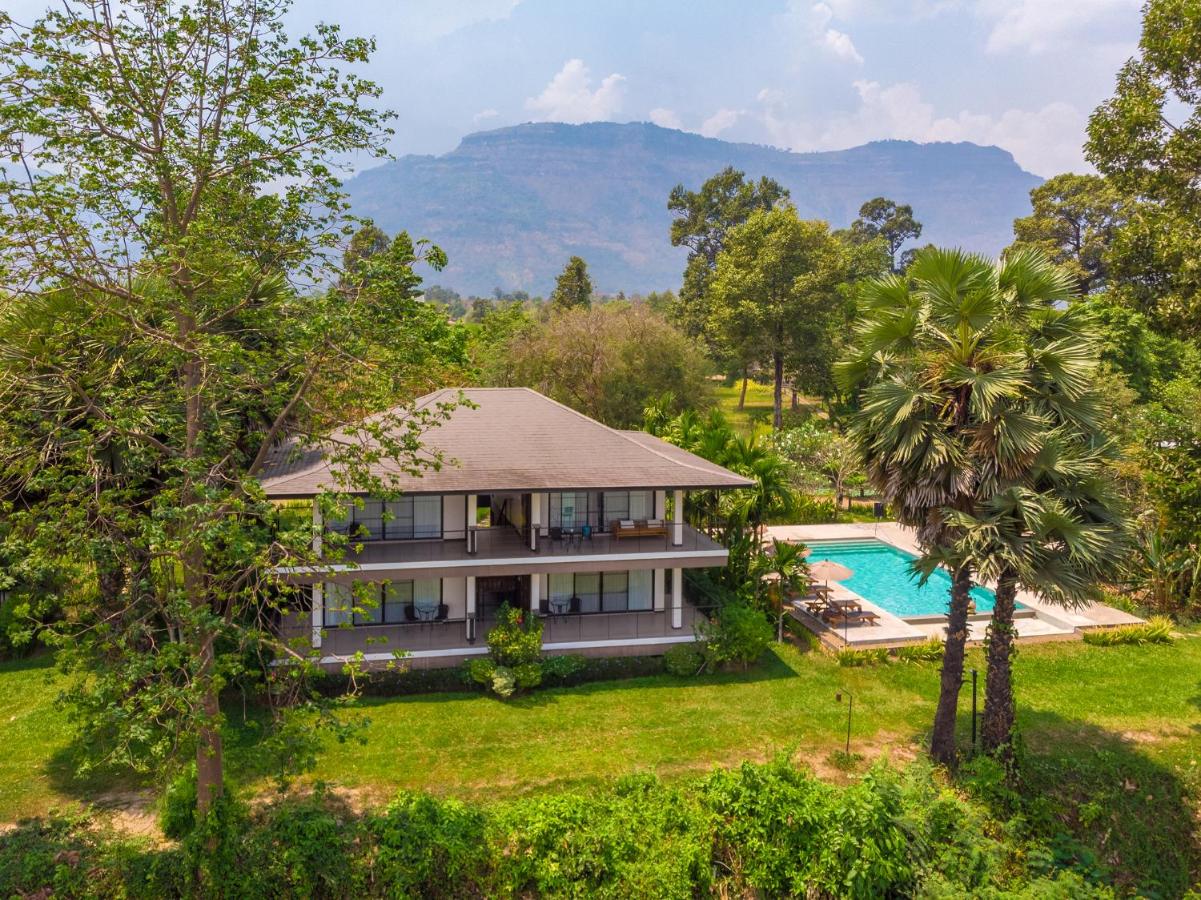Wat Phou: Ancient Khmer Temples in Southern Laos
Disclosure: Bear in mind that some of the links in this post are affiliate links and if you go through them to make a purchase we will earn a commission at no additional cost to you. We chose these companies / hotels because of their quality and not because of the commission we receive from your purchases.
The hill temples of Wat Phou, built between the 6th and 14th centuries—making them 200 years older than Angkor Wat in Cambodia—house some of the finest Khmer art in Southeast Asia. Having been abandoned for centuries, much of the temple complex was in ruins when it was rediscovered in 1866, but the sheer scale and age of the site leave visitors in awe.
The broad steps leading to the ruins of a 19th-century temple, dedicated to the Hindu god Shiva, are equally striking. From the temple's magnificent location, set against the backdrop of the majestic Linga Parvata mountain, you can enjoy spectacular views of the surrounding landscape—on clear days, extending as far as Vietnam and Cambodia. Below, the wide Mekong River winds its way through the fertile lowlands, dotted with small fishing boats and villages.
Upstream, and often in a similar state of preservation, stands Oum Moung, a smaller Khmer temple likely used by pilgrims on their way to Wat Phou. This complex is little more than a romantic ruin, with less elaborate and less brilliant reliefs than those found at Wat Phou. However, Oum Moung is particularly interesting due to the jungle trek required to reach it. The trail begins in a riverside village where life seems to have changed little since the 13th or 14th century, the period when the temple was built.
How to get there
The best route to get access to Wat Phou is by boat trip from Pakse, traveling downstream along the scenic Mekong River. This will not only give you a different way of experiencing the landscape of southern Laos, but also provides beautiful insights into local life along the riverbanks.
Where to stay
Located along the Mekong River, the River Resort emphasizes eco-friendly practices such as organic farming, recycling, and solar-heated water. It provides luxurious rooms with stunning views of the Mekong river and is about a 30-minute drive from Wat Phou. 
The resort is known for its beautiful natural setting, infinity pools, and strong commitment to the environment
The best time to visit the Wat Phou
The best time for visiting Wat Phou are in the months November to February. During these months the rain clears, and the landscapes around this region become green with green vegetation and bright skies. It is an ideal time for the visit of temples and exploring the breathtaking beauty of the region at its best.